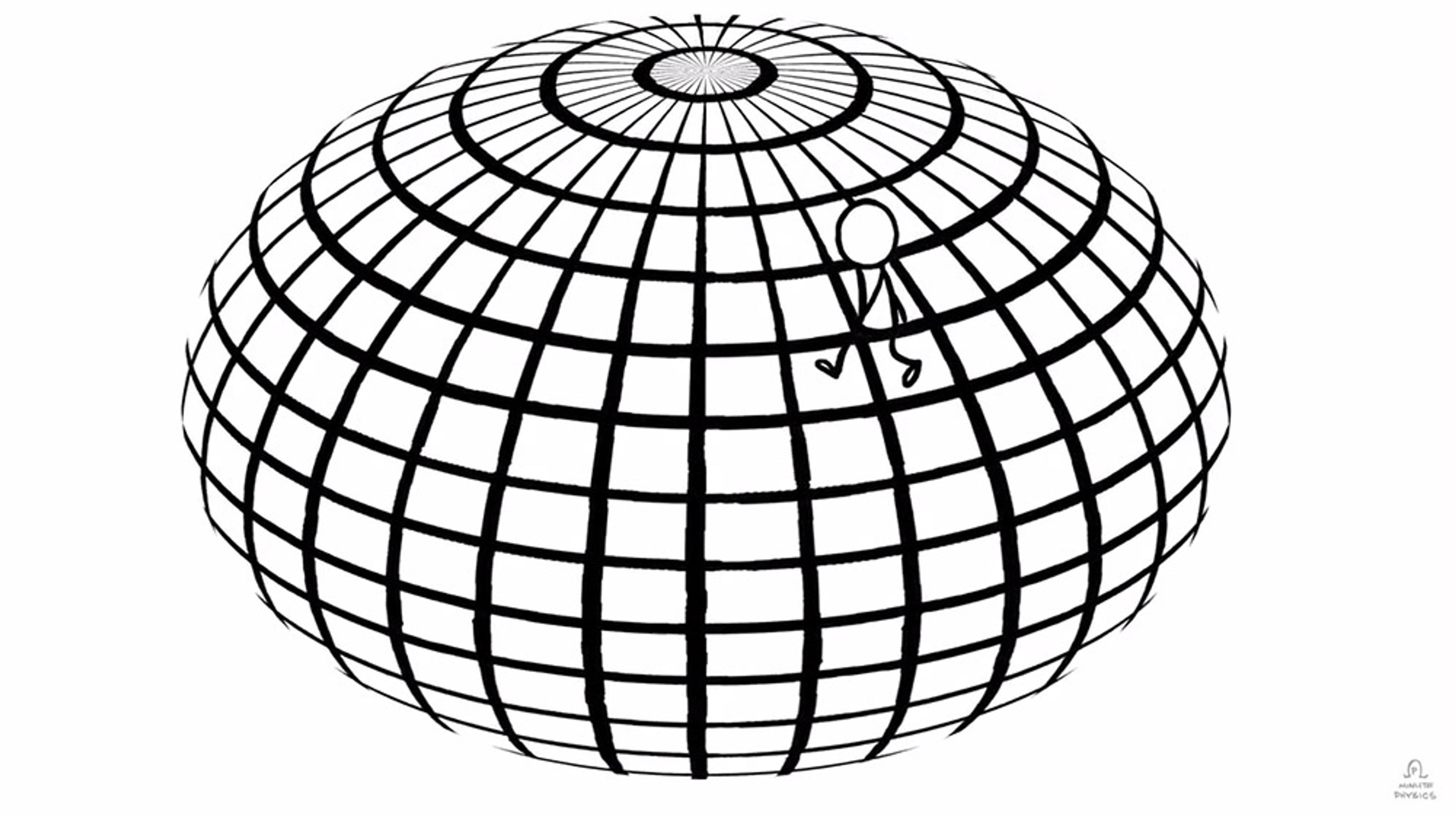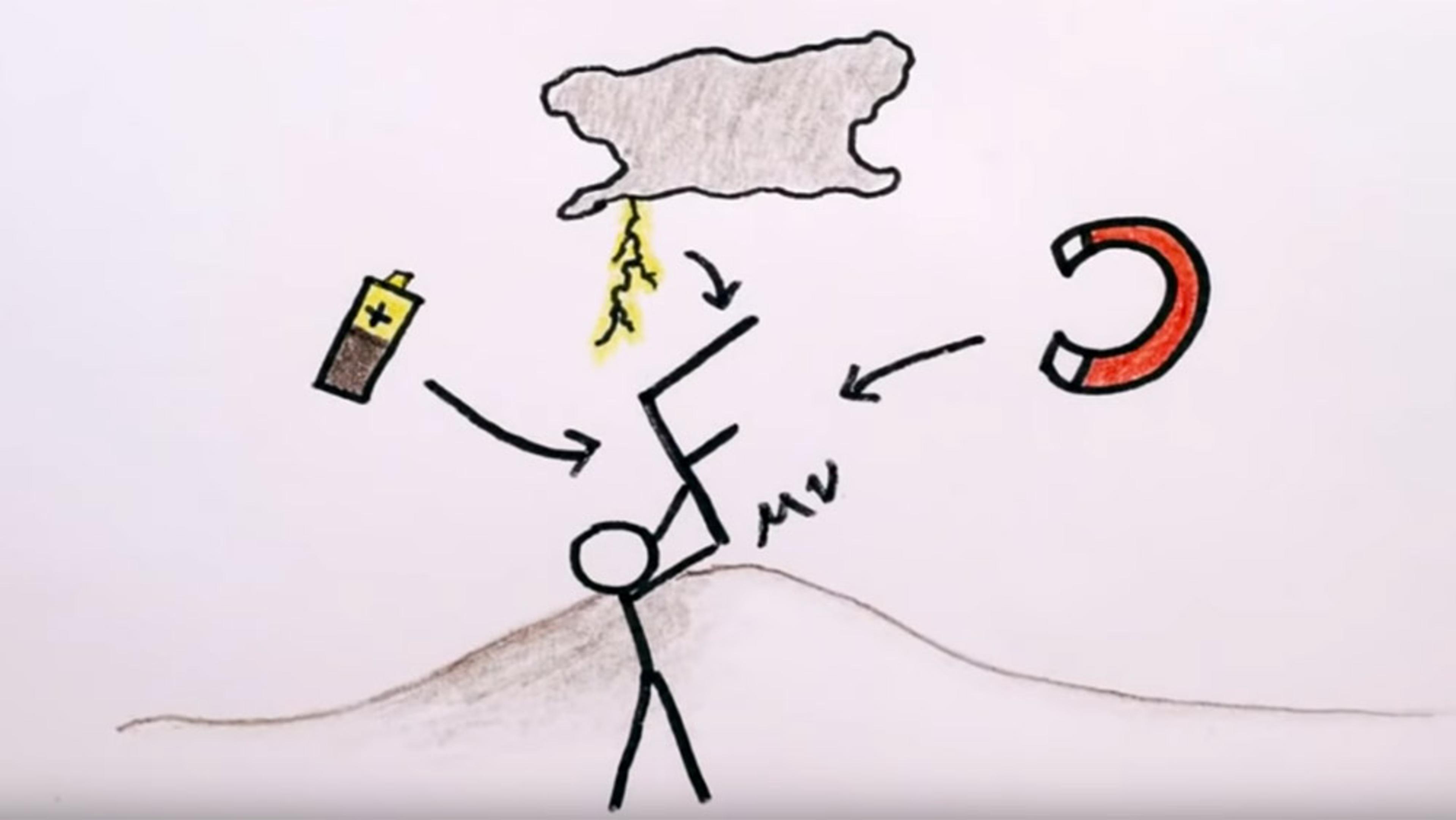Isaac Newton’s law of universal gravitation is many things – revolutionary, elegant, mysterious – but, as it turns out, one thing we know for sure is that it’s not, well, universal. On the scale of our solar system, Newton’s observation – that objects attract one another with a force proportional to their mass and inversely proportional to the square of the distance between them – holds up. But, as with so many mathematical laws, when it comes to black holes, things break down. The law also doesn’t work for the kinds of objects we interact with in our daily life, such as people, pencils and peanuts. This scale has proven extremely tricky to measure, and it gets even more imprecise at the scale of particles. This short animated explainer from MinutePhysics dissects the many things we know about gravitational force, and the many things we still have left to learn.
Why Newton’s ‘law of universal gravitation’ is not so universal after all
Video by MinutePhysics

videoCosmology
Turns out that, even when Einstein was wrong, he was kind of right
6 minutes

videoPhysics
Why the apparent flatness of space is an enduring cosmological mystery
4 minutes

videoPhysics
How two scientists built a bridge between Newton and Einstein in ‘empty’ spaces
5 minutes

videoComplexity
A radical reimagining of physics puts information at its centre
13 minutes

videoPhysics
Imagining spacetime as a visible grid is an extraordinary journey into the unseen
12 minutes

videoPhysics
If life feels out of balance, don’t worry – there’s always symmetry below the surface
4 minutes

videoQuantum theory
Why aren’t our everyday lives as ‘spooky’ as the quantum world?
7 minutes

videoPhysics
Logic tells us that antimatter should have annihilated the Universe. So why hasn’t it?
4 minutes

videoPhysics
The Standard Model might be the most successful theory in science. But what is it?
16 minutes